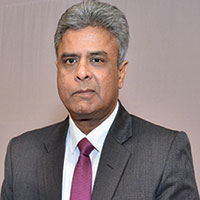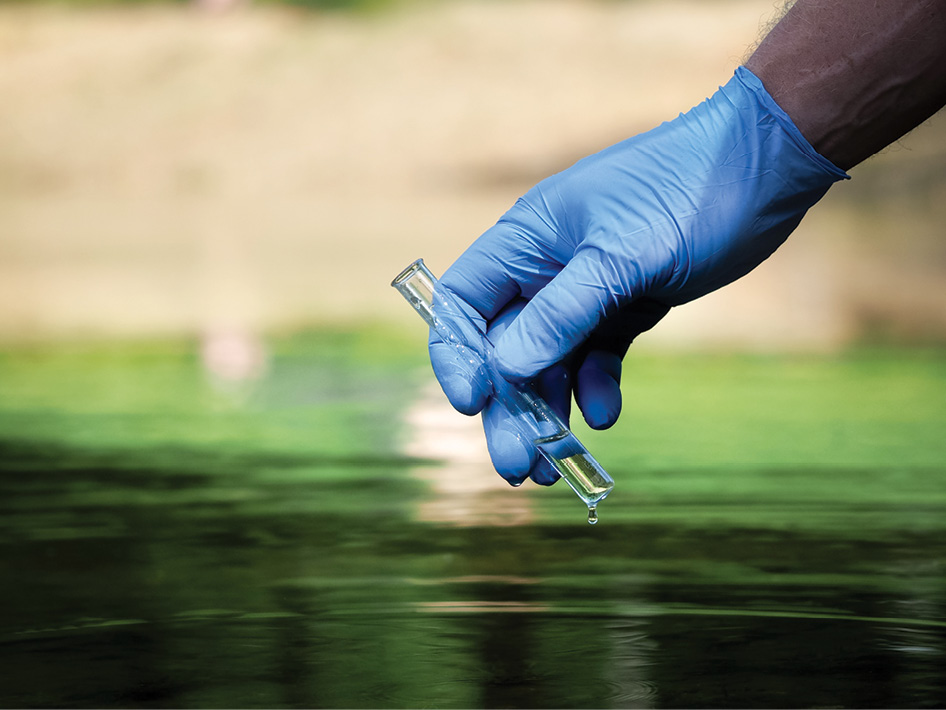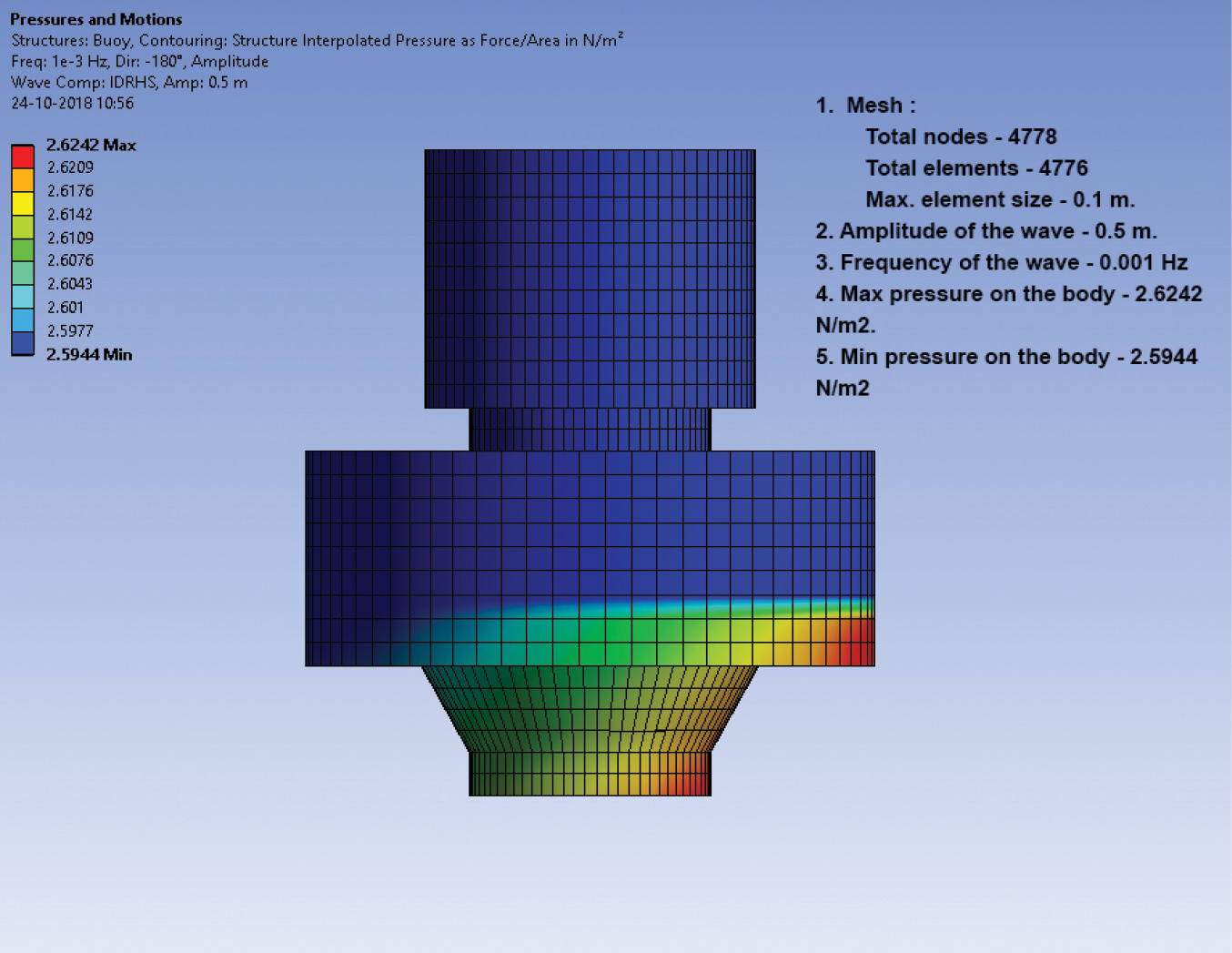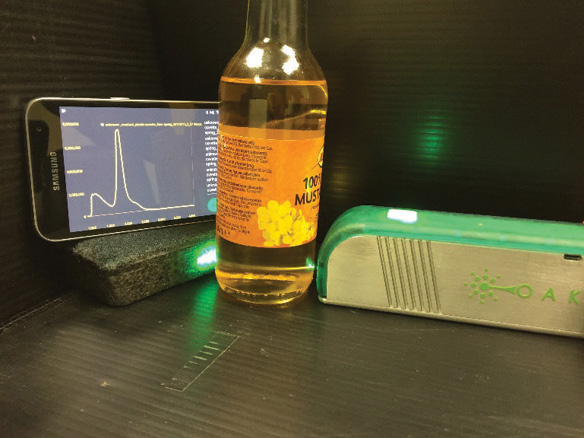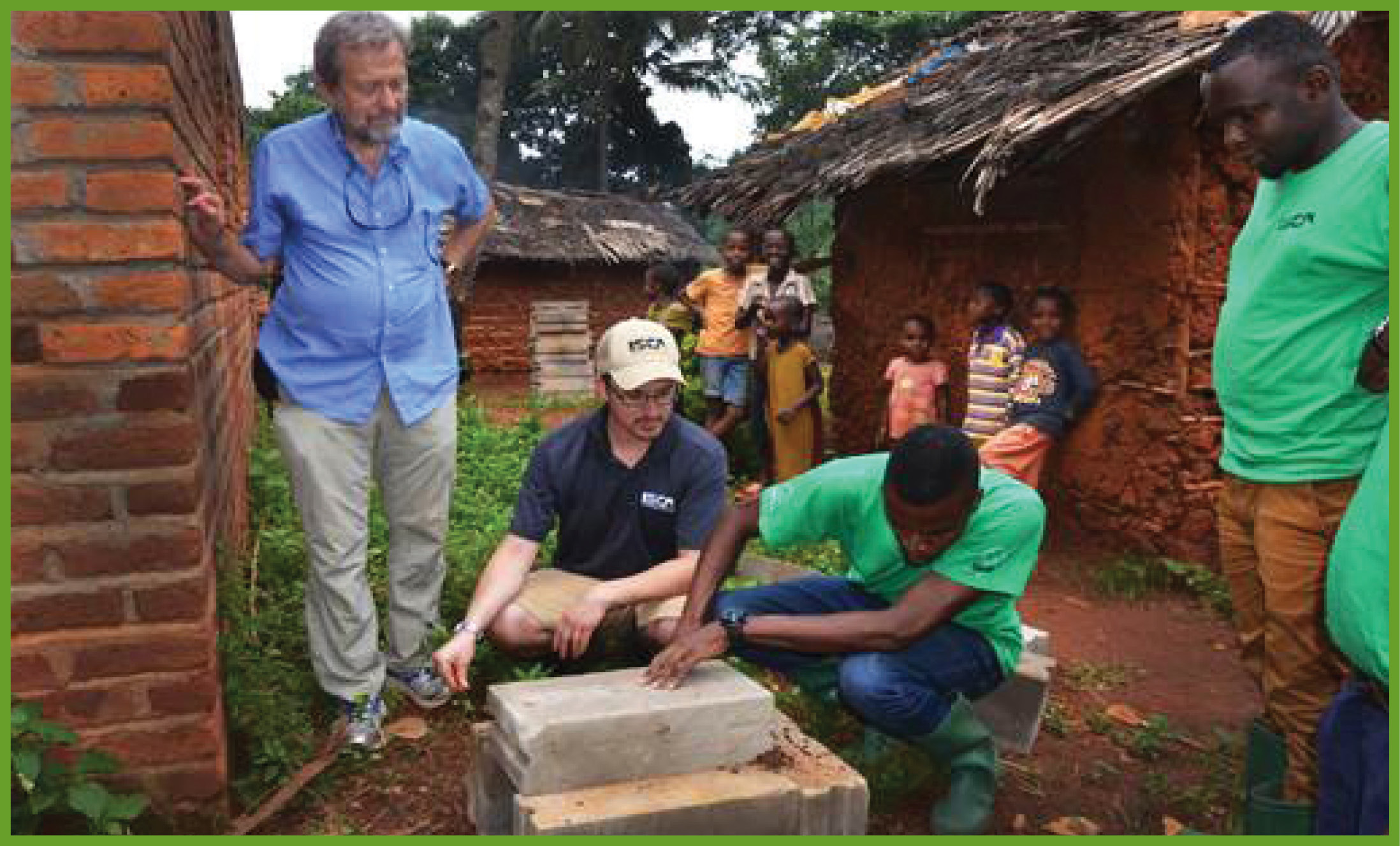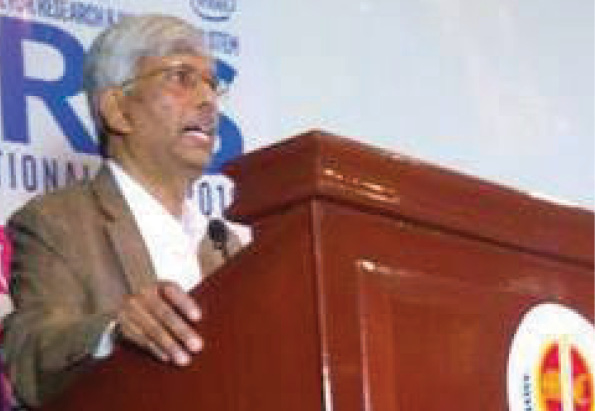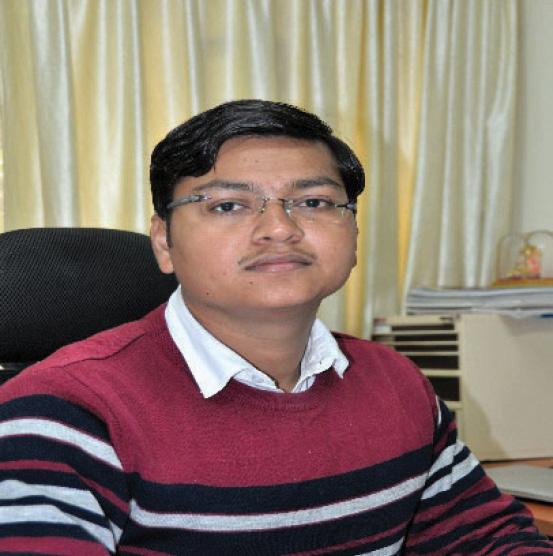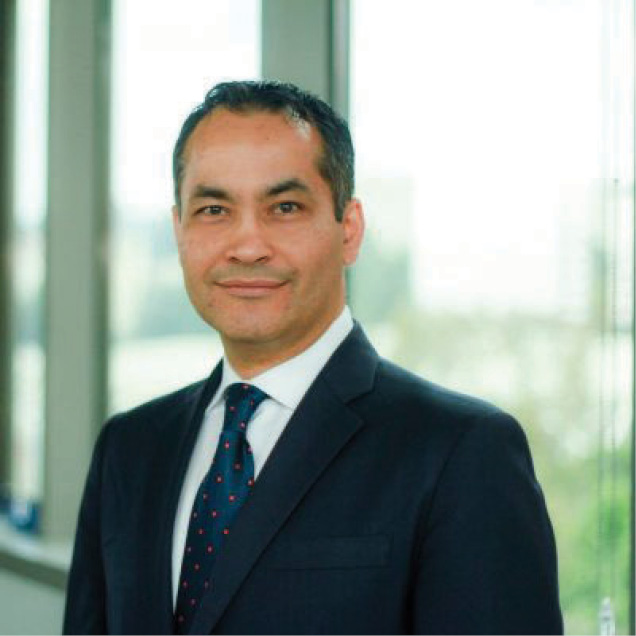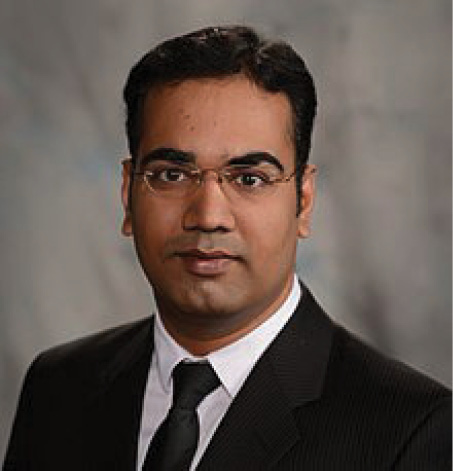Raju Kumar Gupta
Indian Institute of Technology Kanpur,
India
Ali Khademhosseini
University of California
Los Angeles,
USA
Akhilesh K. Gaharwar
Texas A&M University
College Station,
USA
To address this issue, a multi-institutional network project on
“3D Nanoengineered Constructs to Control and Pattern Cellular Behaviour” between
IIT Kanpur, University of California-Los Angeles (UCLA) and Texas A&M University has recently been funded by the Indo–U.S. Science and Technology Forum.
The outcome of this project would certainly be a major achievement and will provide promising therapeutic options in the field of plastic surgery and wound management in a cost-effective way which shall be highly beneficial for advantageous to countries like India and the United States. The study will not only be helpful to the scientists working on materials science, but also to the researchers working in the biomedical field. A unique electrospinning technique, which allows the production of a large number of organic and inorganic nanofibers scaffolds for repairing tissue with good biocompatibility and conformability will be explored. It is expected that the electrospun nanofiber scaffolds for repairing and regenerating orthopaedic tissue enables the recovery of functional loss along with the capability of mimicking their microstructures, compositions, and mechanical properties.
The current need for an ideal bone substitute is a material that can promote the survival, migration, proliferation and in-situ differentiation of encapsulated human stem cells without the addition of growth factors. In this project, it is aimed to improve the mechanical strength and bioactivity of nanoclay enriched polymeric materials using electrospinning (ES) technique. This technique has advantages towards enhanced control over diameter, composition, structure, alignment, order and porosity as compared to other fabricating methods, that produce fibres. Another advantage is the simplicity of the process that does not require any complicated and expensive equipment and can be easily up scaled for mass productions. ES fibre dimensions and spatial organization resemble the fibrous component of extracellular matrix, making ES a technology to produce morphologically biomimetic scaffolds. Therefore, this kind of scaffoldscan be used to produce different responses from the same cell due to their particular topography.
Current therapeutic approaches have revolutionized the surgical treatment of musculoskeletal injuries and include transplantation of autografts and utilization of the synthetic substitute made of various organic and inorganic materials. However, these strategies suffer from plenty of limitations including donor site morbidity and limited harvest site, while artificial bone grafts also have connected tissues created using biomaterials, covering immunogenicity, biodegradation or strength limitations. The focus of this Joint Center is design and fabrication of nanofiber scaffolds and molecular-level understanding of the interactions
in vitro between nanofibrous scaffolds and different cells. It will have great potential to add new dimensions to biomedical research. Also, interface research between the fields of nano-bio engineering and medicine will be created to address the challenges on Tissue-Engineered Organs and Controlling Cell Behaviour.
